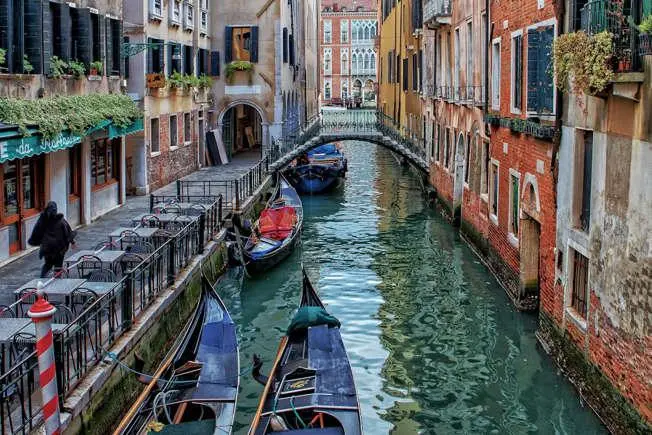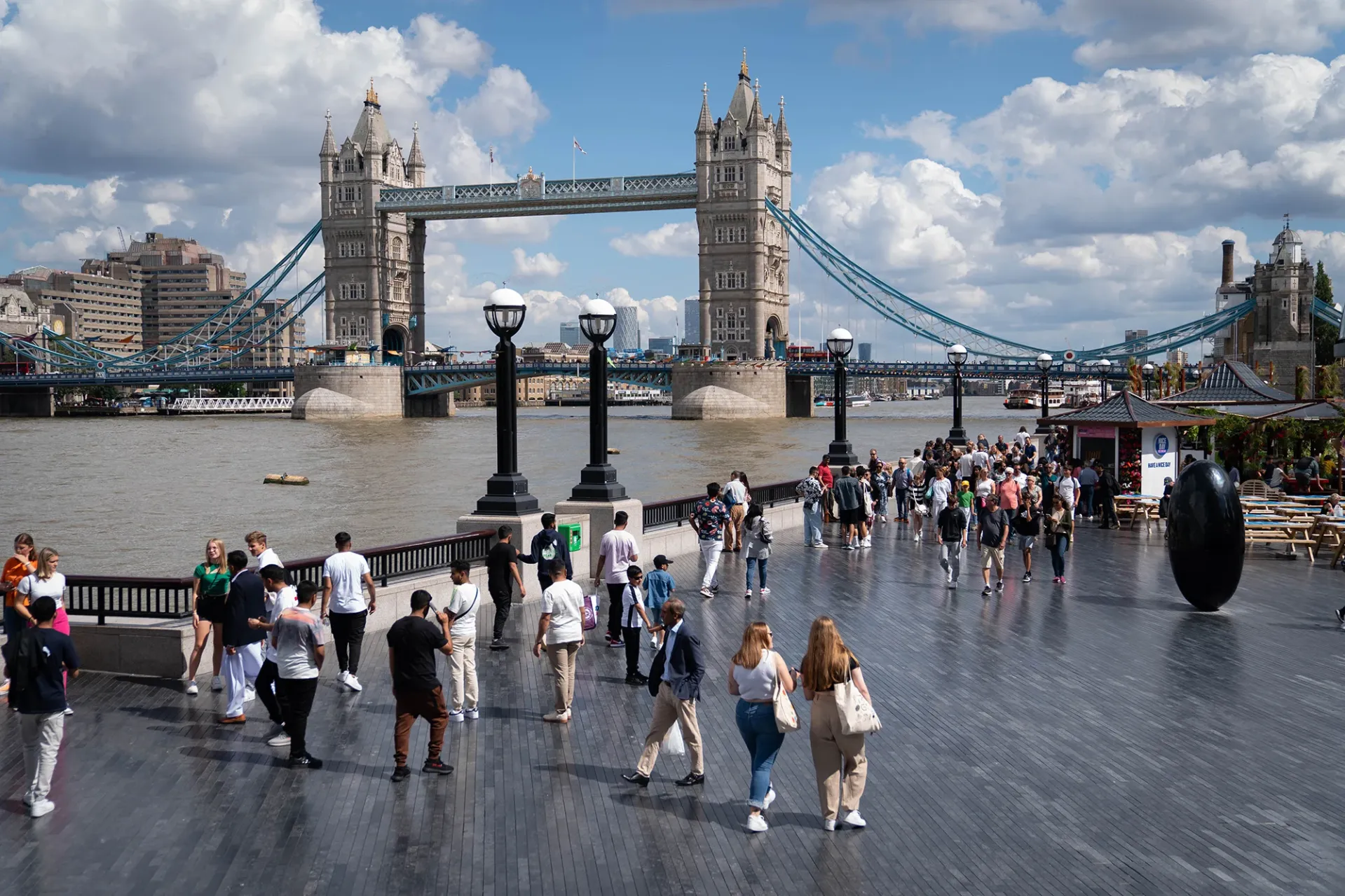7 Countries Tired of Tourists — and Ready to Act

Venice, Italy: A City on the Brink©unsplash
Venice stands as a symbol of both breath-taking beauty and the dangers of over tourism. Each year, 25 million visitors crowd its fragile streets and canals. This number dwarfs its resident population of just 260,000. As a result, the city has reached a tipping point.
In 2024, authorities introduced a reservation system for day-trippers. It requires advance booking and an entry fee. This bold move has already cut daily visitor numbers by 30%. This change has given Venetians much-needed breathing space and has helped reduce strain on the city’s delicate infrastructure.
Increased fines for prohibited activities like swimming in canals or sitting on monuments have been strictly enforced. The city’s mayor has described these changes as “critical to protecting our cultural soul.” Balancing the economic benefits of tourism is critical. There is an urgent need to preserve Venice’s unique heritage. These priorities are now at the forefront of every policy decision.
The world watches as Venice tries to reclaim itself from the relentless tide of visitors.

Barcelona, Spain: Curbing the Tourist Tide©wikimedia
Barcelona’s magnetic appeal brought in over 12 million visitors in 2023—more than seven times its population. The influx has strained housing, transport, and even the spirit of the city.
To tackle this issue, the city council raised the tourist tax in 2024. They channeled the funds into public services and infrastructure directly affected by tourism. An official survey conducted in early 2025 found that 80% of Barcelona residents support stricter tourist controls. Many of them cite skyrocketing rents and crowded public spaces as major concerns.
The city plans to freeze new hotel licenses starting this year. This move is expected to slow down the rapid conversion of residential properties into tourist accommodations. The city champions sustainable tourism by incentivizing eco-friendly businesses. They have also expanded public transport to mitigate the negative effects of visitor numbers.
The hope is to foster a more harmonious coexistence. The city aims to ensure that Barcelona remains vibrant yet livable for all.

Amsterdam, Netherlands: A Shift in Focus©wikimedia
Amsterdam welcomed nearly 19 million tourists in 2023, a figure that has pushed the city to reconsider its tourism strategy. In 2024, city officials launched the “Enjoy & Respect” campaign. They encouraged visitors to discover lesser-known neighborhoods. This approach helps relieve pressure on the congested city center.
This policy shift is shown by the 15% reduction in tourist traffic in targeted districts over the past year. The municipality’s latest report confirms this change. Stricter regulations on short-term rentals were implemented. Authorities capped the number of nights properties can be rented out to visitors. Their goal is to combat the housing shortage that has plagued residents for years.
The city has invested in new infrastructure. It has also enhanced public services in outlying areas. These actions aim to better support this redistribution of tourists. Amsterdam’s mayor stated in a recent interview, “Our city is not a theme park—residents must come first.” The focus is now on spreading economic benefits while preserving the city’s unique charm and livability.

Dubrovnik, Croatia: Protecting Cultural Heritage©wikimedia
Dubrovnik’s historic Old Town drew over 4 million visitors in 2023. This large number has threatened the city’s infrastructure. It has also endangered its UNESCO World Heritage status. In response, the city council imposed a strict cap of 8,000 tourists per day within the Old Town walls. They enforce this through electronic ticketing and entry checkpoints.
This policy led to a 25% reduction in peak overcrowding during summer 2024, according to the city’s tourism office. Authorities have launched a comprehensive restoration program. It is funded by increased entrance fees. The goal is to repair damage caused by years of heavy foot traffic.
Infrastructure upgrades have been implemented to better manage the steady flow of visitors. These include new public toilets. Additionally, waste management has been improved. The success of these measures has been widely acknowledged both locally and internationally, with UNESCO officials praising Dubrovnik’s proactive stance.
Local residents have noticed a significant improvement in their quality of life. They have also experienced a renewed sense of pride in their city’s heritage. Dubrovnik’s mayor recently remarked, “We are determined to protect our past for the future.”

Machu Picchu, Peru: Balancing Access and Preservation©pixabay
Machu Picchu, a world-renowned archaeological marvel, welcomed over 1.5 million tourists in 2023, raising alarms about the site’s long-term preservation. In response, the Peruvian government introduced a new ticketing system in early 2024. This system limits daily entries to 2,500 people. This is a reduction from previous highs of over 5,000.
The change includes time-slot visits to better control the flow of people throughout the day. This approach also helps minimize wear on the ancient pathways. Conservation teams have ramped up restoration efforts, focusing on erosion control and structural repairs.
The government has also launched educational initiatives to inform visitors about the cultural and environmental significance of the site. Recent data from a 2024 survey indicates that 65% of tourists support these stricter controls. They understand the need to protect Machu Picchu for generations to come.
The measures have already resulted in reduced congestion and improved conditions around the site, according to park officials. The balancing act between access and preservation remains delicate but vital.

Santorini, Greece: A Fight Against Overcrowding©wikimedia
Santorini’s iconic whitewashed villages and blue-domed churches have attracted nearly 2 million visitors in 2023, overwhelming the island’s infrastructure. The dramatic spike in cruise ship traffic has been a particular pain point. As many as 18,000 passengers disembark in a single day.
In 2024, authorities introduced a strict reservation system for cruise passengers, capping daily arrivals at 10,000. This move has eased congestion in hotspots like Oia and Fira. Local officials report shorter wait times. There is also less crowding during peak hours.
Businesses are encouraged to incorporate sustainable practices. These practices include reducing plastic use and conserving water. This is part of a broader push for responsible tourism. A 2024 survey found that 75% of residents support these measures. They see them as essential for safeguarding the island’s unique character. They also recognize the importance of protecting natural resources.
The changes are also helping preserve Santorini’s appeal for future visitors, ensuring that its charm doesn’t become its undoing. The island’s approach is being closely watched by other Greek destinations facing similar challenges.

Paris, France: Balancing Tourism and Local Life©wikimedia
Paris is renowned for its art, fashion, and romance. It welcomed over 30 million tourists in 2023. Once again, it led the world as a must-see destination. Yet, the city’s residents have voiced growing frustration over congestion, noise, and rising rents linked to short-term rentals.
In 2024, the city council restricted the number of tour buses in central Paris. They targeted notorious traffic bottlenecks near the Eiffel Tower and Louvre. The initiative resulted in a 20% decrease in congestion, as confirmed by the city’s latest transport data.
Authorities have also increased their efforts to promote lesser-known neighborhoods. This helps spread tourist traffic more evenly and supports local businesses outside the main tourist zones. Public spaces are being improved. Expanded pedestrian areas and new green spaces are being developed. These efforts aim to enhance the daily experience for Parisians and visitors alike.
Resident feedback collected in early 2025 indicates widespread approval for these changes. Paris continues to evolve, determined to strike a delicate balance between global admiration and local well-being.

